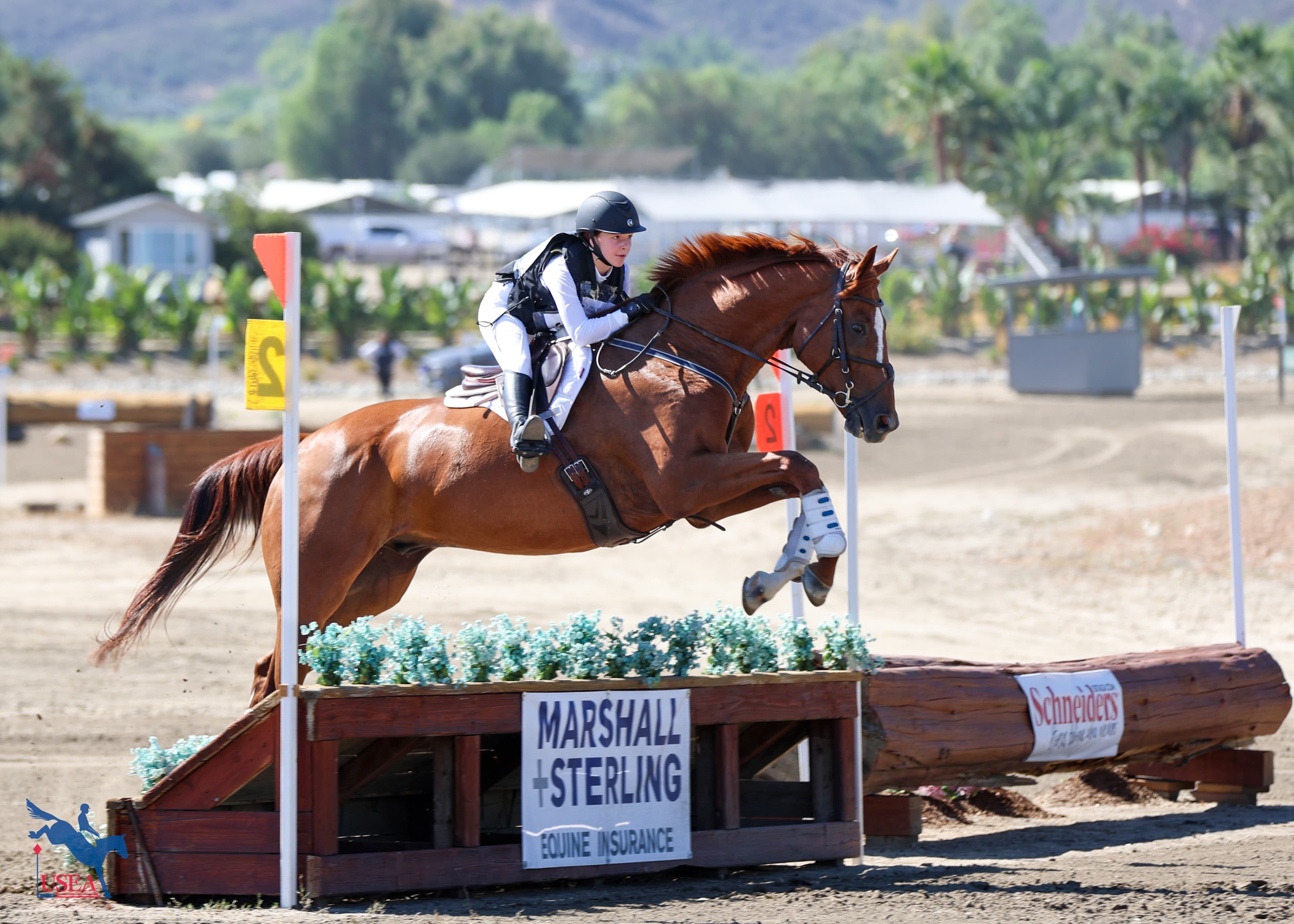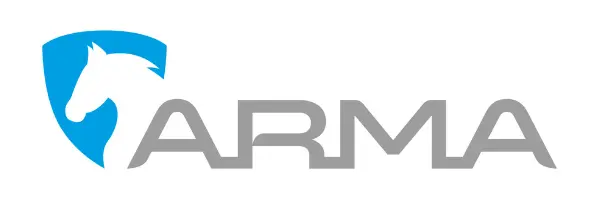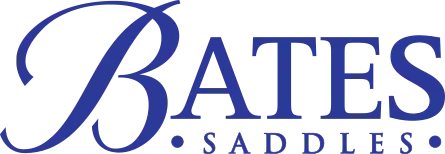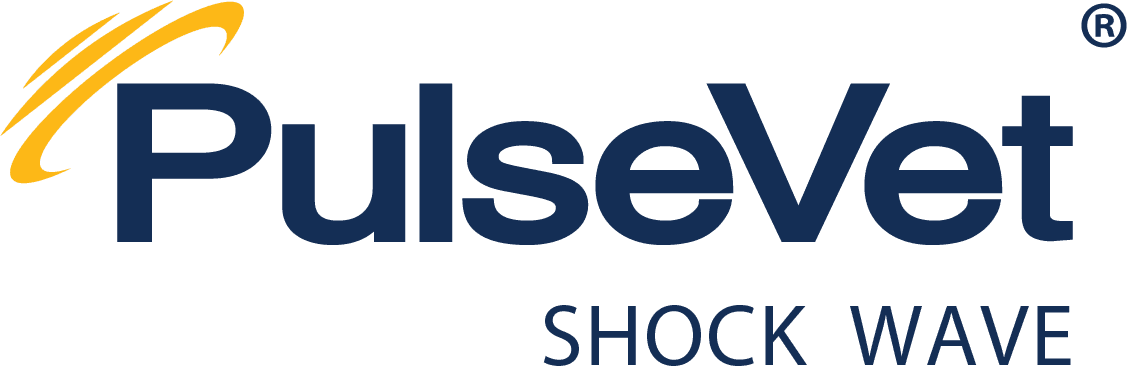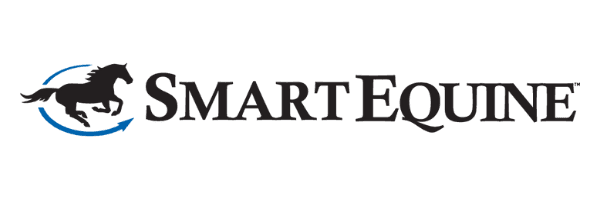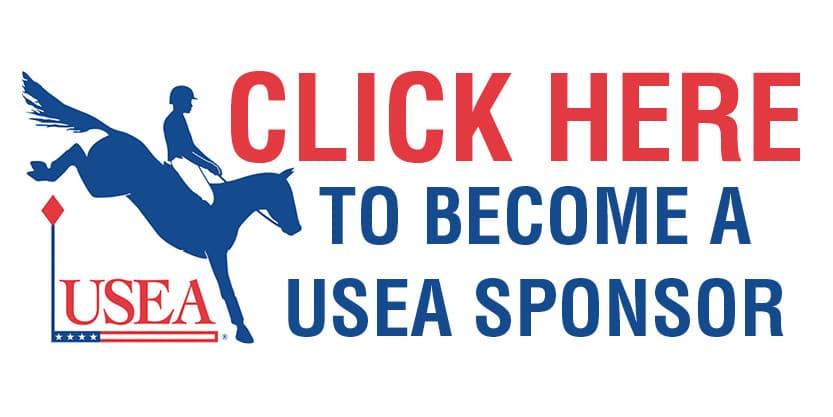Repairing Damaged or Unhealthy Hooves
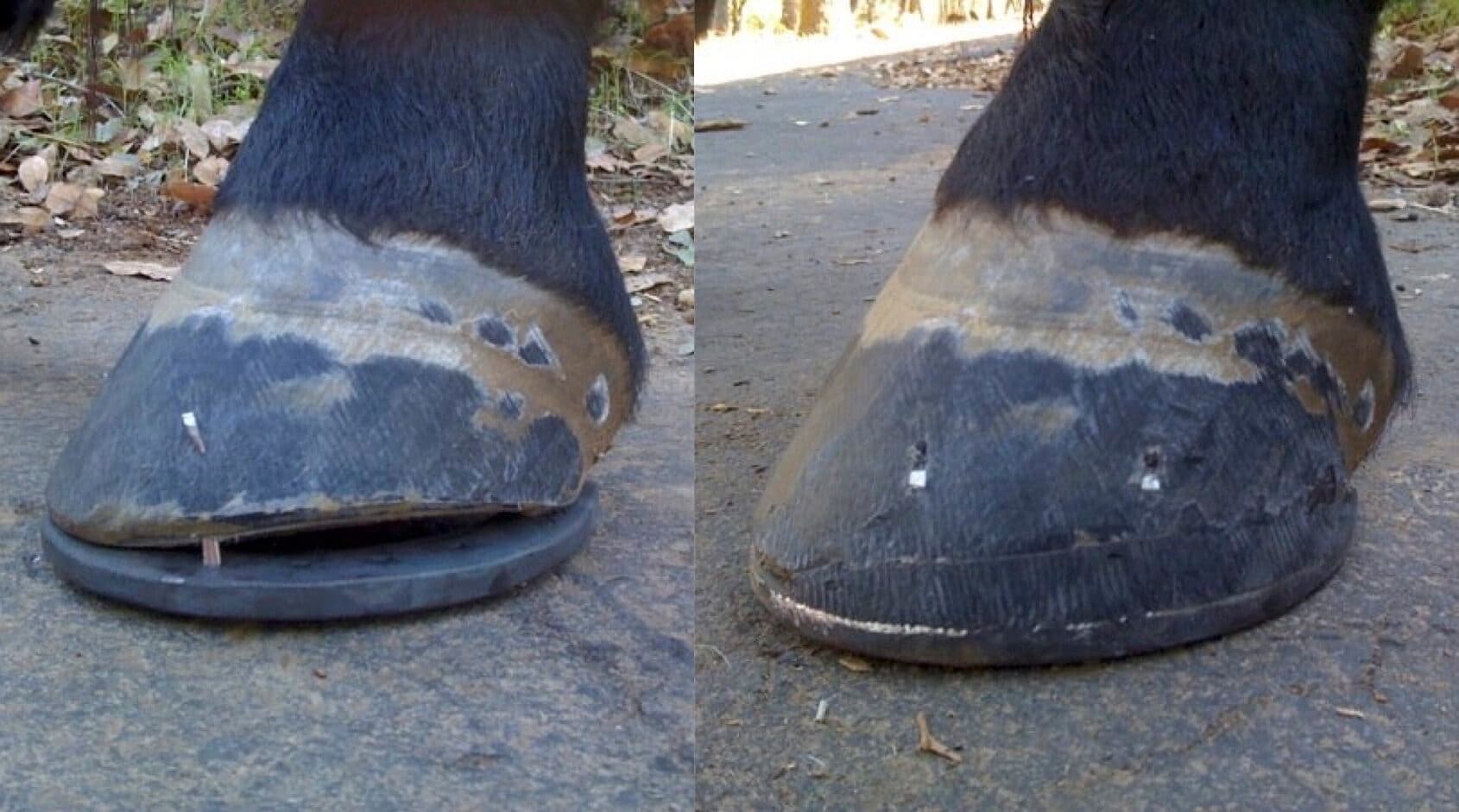
Maintaining and trimming horse hooves is essential in order to sustain optimal hoof health. Without proper hoof care, a horse’s feet can develop either too much toe or too much heel, among other conditions, and can result in costly treatment in order to get the hooves back to a healthy state. Lack of regular hoof maintenance can also cause horses to become uncomfortable or develop infections. When a horse’s feet become overly unkempt, it’s important for horse owners to provide the proper support and maintenance in order to get hooves healthy again.
Causes
The main cause of unhealthy hooves is lack of regular maintenance. In order to keep horses comfortable, horse owners should have their horses on a regular trimming schedule. Sometimes, keeping up with a schedule can be challenging, which leads to putting hoof care on the backburner. It is crucial to trim horse hooves every six weeks in order to avoid infections or expensive repair work in the long run.
Unhealthy hooves can be a result of poor conformation, so horse owners should be mindful of their horses’ body structures. If a horse has unbalanced hooves or is base-wide or base-narrow, its feet may need more frequent trimming than the average maintenance schedule. Because the frequency of hoof care depends on the horse, and every horse is different, horse owners should consider their horse’s conformation to ensure hooves are getting proper attention.
Symptoms
Symptoms of unhealthy hooves and soles can be addressed so the condition can be maintained and corrected. The most common symptoms include:
- Flaring: A horse may flare in its feet, either toe-in or toe-out, if its hooves are bothering them, and may need extra attention to get its feet back to a healthy state.
- Lack of comfort: If a horse is visibly uncomfortable when walking or is noticeably less active, it may be a sign that the horse needs hoof maintenance.
- Chipping or cracking: Without regular hoof maintenance, horses can develop obvious chipping or cracking in the hoof wall, so it’s important for horse owners to be aware of it, keep hooves trimmed, and repair the cracking or chipping.
- Infection: Conditions like thrush or White Line Disease can also be a symptom of unhealthy hooves. Thrush is a bacterial infection that can be detected by a strong odor coming from the hoof, whereas White Line Disease is determined by a deep separation between the hoof wall and the sole. Both conditions can lead a horse to become lame, so it’s essential for horse owners to take all necessary steps in the hoof care process to avoid or treat these infections.
Treating Unhealthy Hooves
In order to improve hoof health, a horse may need one or two aggressive trims before going back to a regular every-six-weeks maintenance schedule. To speed up the healing process, horse owners can use pour-in pad and adhesive materials to help repair a horse’s feet.
If lack of regular hoof maintenance caused damage to the hoof wall, hoof care professionals can use an adhesive to seal cracks or apply filler in areas with missing hoof wall. If a crack appears to be an exposed wound or infected, it’s important that the area is cleaned and left uncovered to heal, and treated by a hoof care professional or veterinarian. If it is not infected, fast-setting urethane adhesives can be applied over a crack to help close the gap, or even act as missing hoof wall. These materials are designed to fabricate large and small hoof wall repairs, and some can be bonded to the hooves while a horse is standing.
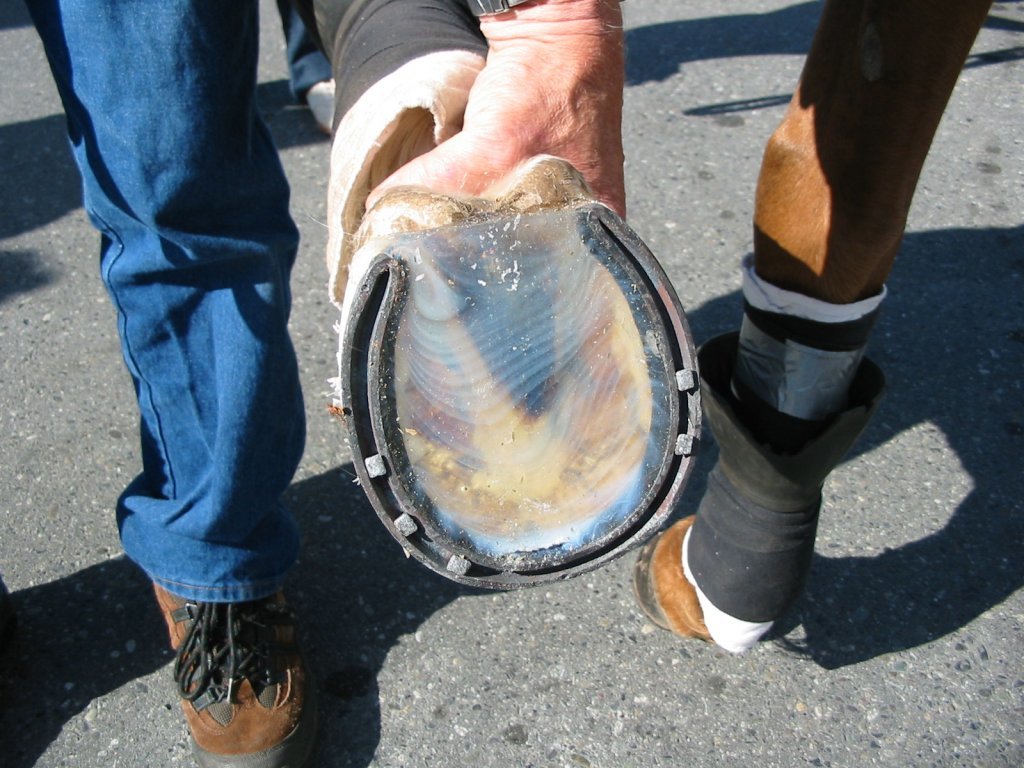
Pour-in pad materials support and protect a horse's weak soles.
For shod horses with weakened hoof walls, fast-setting, soft instant pad materials can help take pressure off of the hooves and center a horse’s weight. These provide extra protection and support, and also bond to the sole. For barefoot horses, liquid urethane hoof protection materials help to increase sole depth and add protection to weak soles. Some of these materials set in only 30 seconds, are easy to apply, durable, and can last up to three weeks.
In order to avoid costly treatment and procedures, it is crucial for horse owners to maintain a regular trimming schedule year-round. Ongoing maintenance to a horse’s hooves is vital to its comfort and wellbeing. Solar support, pour-in pad and adhesive products can aid in the recovery process, and be a tool for maintaining optimal hoof health.
About the Author
Tab Pigg is the Central Regional Sales Manager for Vettec, and oversees states ranging from Canada to Mexico, between the Rockies and the Mississippi River. He travels frequently educating dealers and farriers at hands-on workshops and represents Vettec at tradeshow events. Tab assisted Vettec for three years leading clinics and helping with regional work before joining the company full-time in 2003.
Tab was raised around horses and became genuinely interested in the equine industry in 1982. With the skills he learned through hands-on experience and multiple apprenticeships, Tab started a shoeing practice of his own in 1984. In 1992, Tab successfully took the Certified Journeyman Farrier exam and has been practicing as a farrier ever since. Tab has presented at the International Hoof Care Summit several times, and served as the Marketing Chairman on the Farrier Industry Association (FIA) board of directors for two years. Tab is a spokesperson for Vettec and is published in many equine industry publications.
Outside of work, Tab enjoys fishing and golfing, although the rain and heat in Texas keep him busy mowing his lawn. Tab also enjoys visiting his father nearby to help on their family farm.

